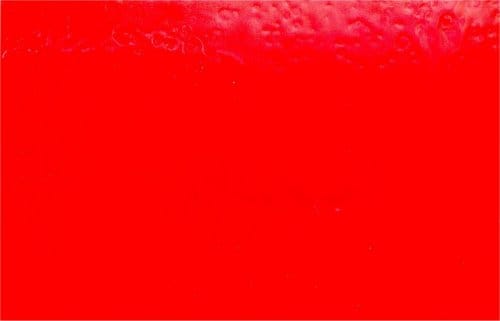No products in the basket.
Cissing
Cissing, Craters, Fish Eyes, Saucering
Description
Small, crater like holes or indentations in the paint surface, varying in size from pinholes up to 1cm in diameter. Usually the larger craters occur individually, whilst the smaller ones are often found in small densely packed clusters.
Small impurities are often visible in the centre of the crater.
Cause
Variations in the surface tension of the paint.
The most common reasons for this are:
a) Silicone in the environment or on the surface of the substrate; even minute traces are sufficient to cause cissing.
b) Contamination by other sources, such as grease, dried soap, detergent, spray dust, wax, or oil from the spray gun.
c) Incompatible elements in the primer.
d) Saturation by fumes in the spray booth.
Prevention
a) Thoroughly clean any silicone polishes from the surface to be painted and avoid using silicone polishes in the vicinity of the paint shop. Prepare the surface using the same preparation procedure as that set out below.
b) Thoroughly clean the surface with wax and grease remover. Do not allow cleaning solvents to dry on the surface but remove with a clean dry cloth, using the cloth only once.
Clean surfaces prior to sanding and always ensure that all sanding dust is removed. Prepare bare metal surfaces with metal conditioner.
Repeat the solvent cleaning operation prior to commencing spraying.
Ensure that the spray gun and compressed air equipment is properly maintained.
c) Always use the recommended materials.
d) Ensure that the spraying area is properly ventilated.
Rectification
Remove the paint completely from the affected area repaint, following the recommended preparation procedure.
In extreme circumstances it may be necessary to use an anti-cissing additive. Always consult the paint manufacturer before using such additives.

